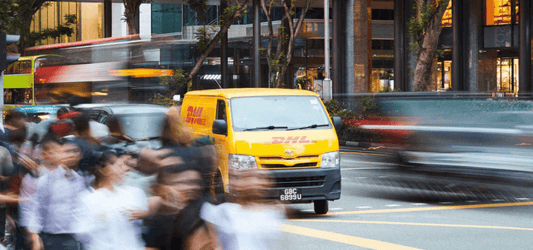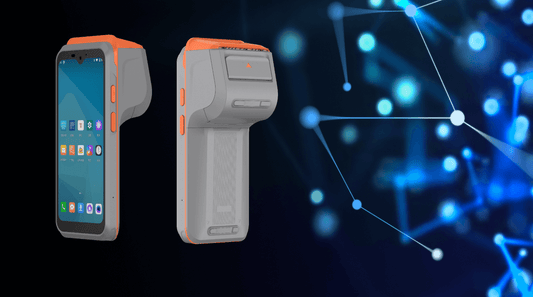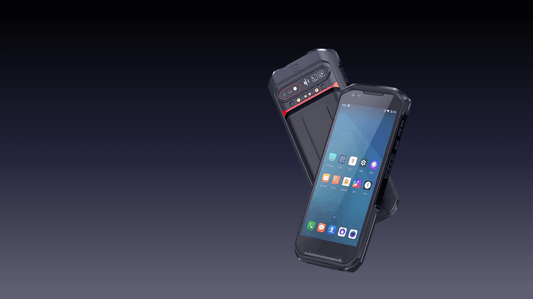How Leeshion’s Body-Worn Cameras Foster Trust and Accountability Between Police and Communities
In recent years, the relationship between law enforcement agencies and the communities they serve has faced significant challenges. Issues such as police misconduct, lack of transparency, and public distrust have highlighted the need for solutions that enhance accountability and build trust. Body-worn cameras (BWCs) have emerged as a critical tool in addressing these concerns.
This case study examines how Leeshion, a leading manufacturer of body-worn cameras, has contributed to improving police-community relations through advanced recording technology. By providing clear, unbiased evidence of interactions, Leeshion’s BWCs promote transparency, reduce disputes, and strengthen public confidence in law enforcement.
The Role of Body-Worn Cameras in Policing
Body-worn cameras serve multiple functions in modern policing:
- Accountability: Officers are more likely to adhere to protocols when their actions are recorded.
- Evidence Collection: High-quality video and audio recordings provide objective documentation of incidents.
- De-escalation: Both officers and civilians tend to behave more responsibly when aware they are being recorded.
- Community Trust: Public perception improves when law enforcement demonstrates a commitment to transparency.
Leeshion’s Innovative Approach
Leeshion has positioned itself as a key player in the BWC market by focusing on Reliability, advanced features, and user-friendly design. Some of its standout products include:
- Leeshion LS-Z1B: A high-definition camera with night vision, GPS tracking, and real-time streaming.
- Leeshion LS-Z2A: Equipped with AI-powered facial recognition (for authorized use) and automatic activation during critical incidents.
- Cloud-Based Evidence Management: Secure storage and easy retrieval of footage for legal proceedings.
These features ensure that law enforcement agencies can operate with greater efficiency while maintaining public trust.
Case Example: Implementation in [Guangzhou/Police Department 1]
To assess the impact of Leeshion’s BWCs, we examine their deployment in [Guangzhou X Police Department], where officers were equipped with Leeshion L20 cameras over a 12-month period.
Key Findings:
1. Reduction in Complaints:
- The department reported a 40% decrease in civilian complaints against officers, as interactions were recorded and could be reviewed objectively.
2. Increased Officer Accountability:
- Supervisors noted improved adherence to protocols, as officers knew their actions were being documented.
3. Faster Resolution of Disputes:
- When conflicts arose, video evidence from Leeshion cameras helped resolve cases more efficiently, reducing legal costs.
4. Community Feedback:
- Surveys indicated that70% of residents felt safer knowing officers were using BWCs, citing increased transparency as a key factor.
Challenges and Considerations
While BWCs offer significant benefits, their implementation is not without challenges:
- Privacy Concerns: Balancing transparency with the privacy rights of civilians remains a critical issue.
- Data Storage Costs: High-resolution footage requires robust storage solutions, which can be expensive.
- Policy Gaps: Clear guidelines must be established on when cameras should be activated and how footage is used.
Leeshion addresses these concerns by offering encrypted cloud storage, customizable privacy settings, and compliance with regional data protection laws.
Conclusion
Leeshion’s body-worn cameras have proven to be an effective tool in bridging the trust gap between police and communities. By providing unbased evidence, enhancing officer accountability, and improving public perception, BWCs contribute to a more transparent and just policing environment.
As technology evolves, companies like Leeshion will continue to play a pivotal role in shaping the future of law enforcement, ensuring that both officers and civilians benefit from greater accountability and trust.
Recommendations
For law enforcement agencies considering BWCs:
1. Choose reliable brands like Leeshion that offer advanced features and strong data security.
2. Develop clear policies on camera usage, storage, and public access to footage.
3. Engage with communities to explain the benefits of BWCs and address privacy concerns.
By adopting these measures, police departments can maximize the positive impact of body-worn cameras while fostering stronger relationships with the communities they serve.
No comments









0 comments